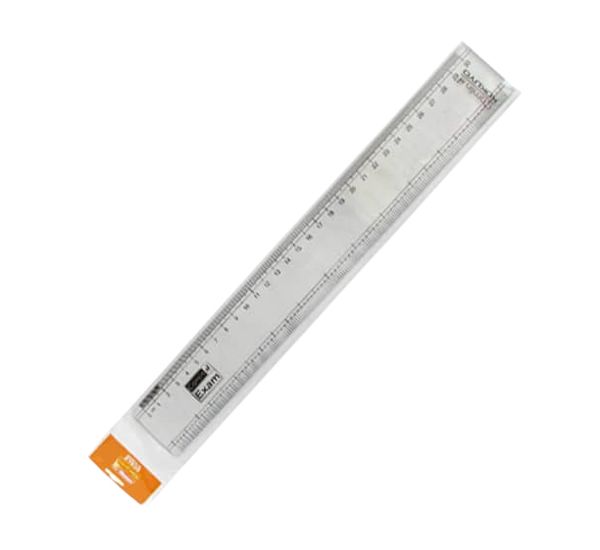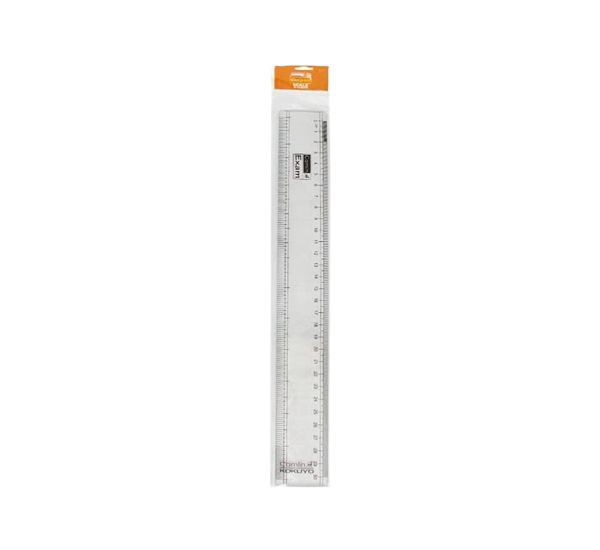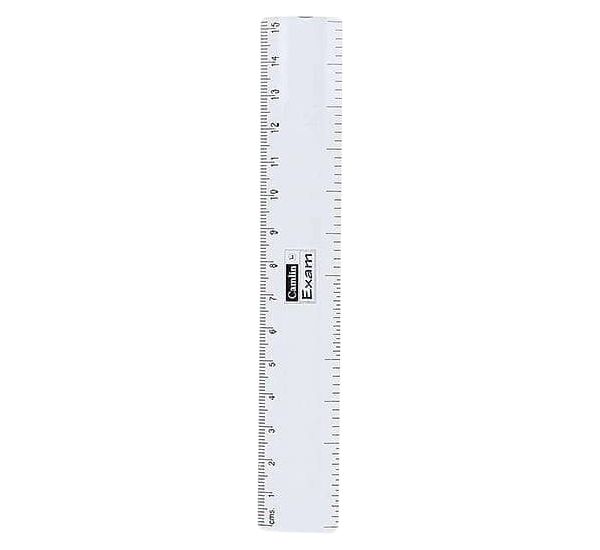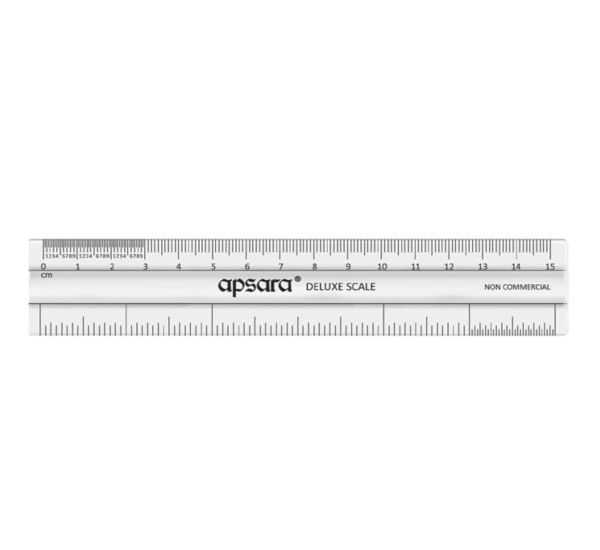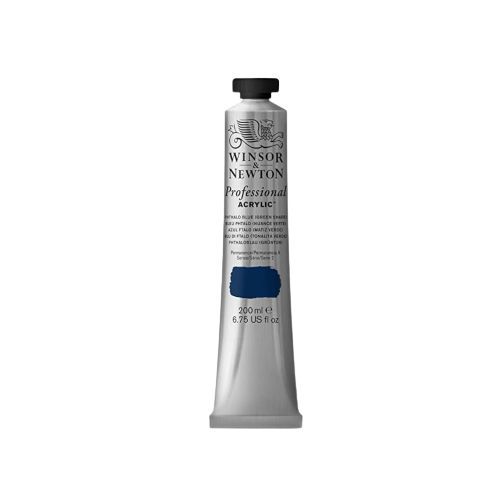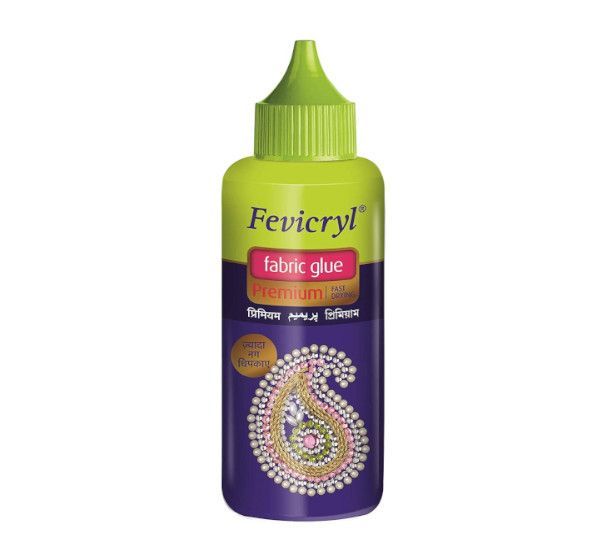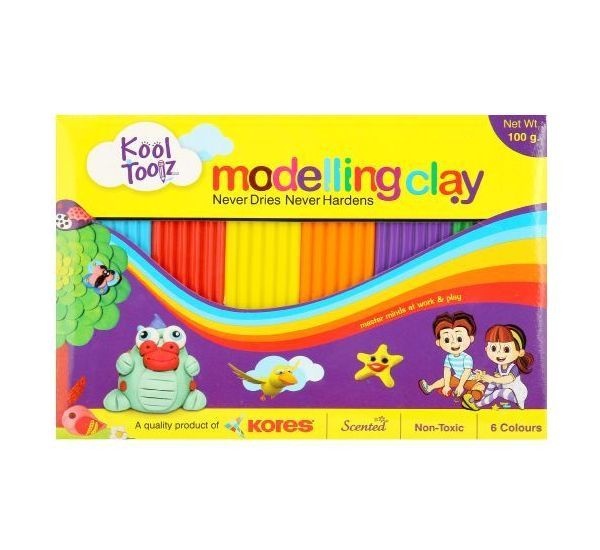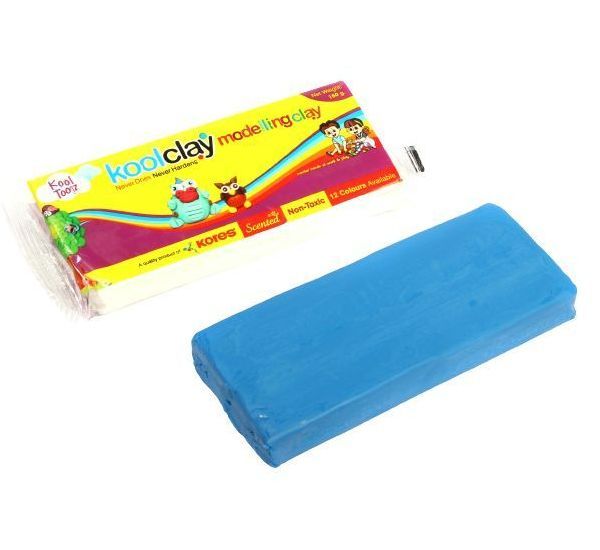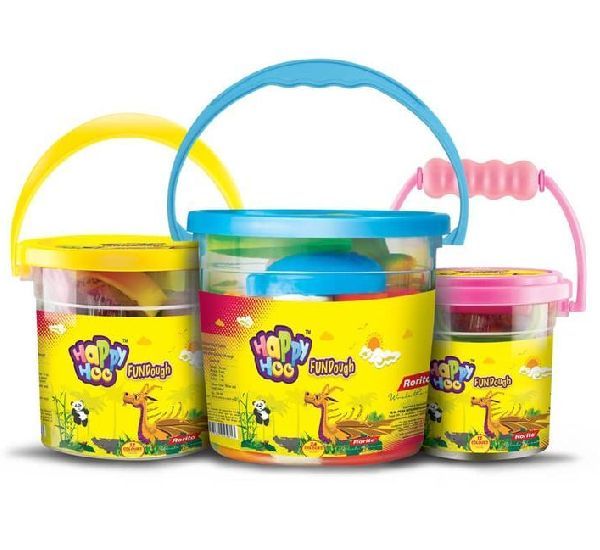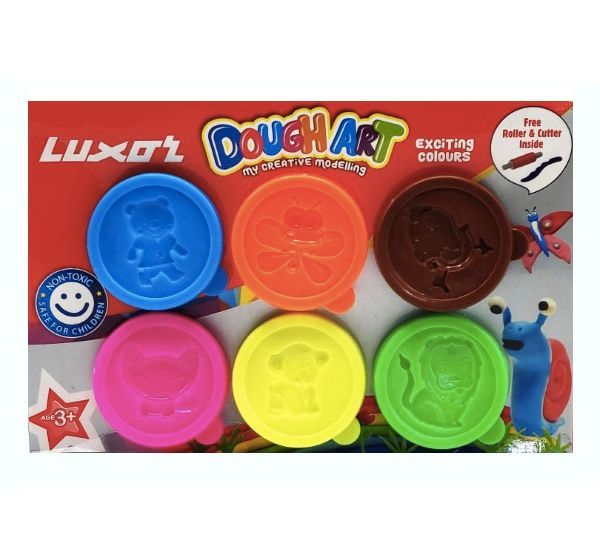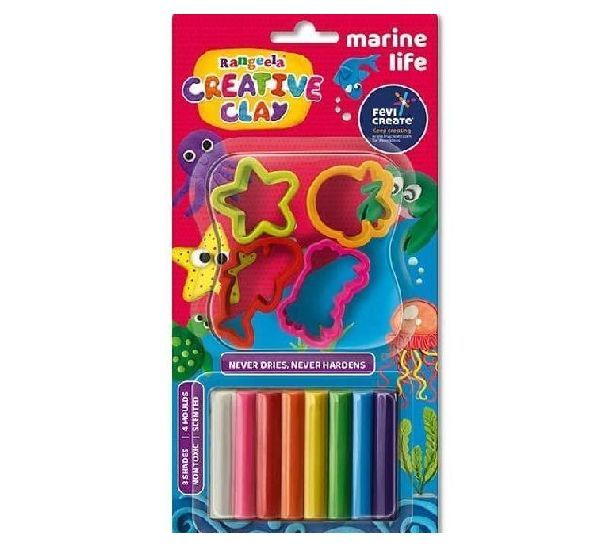Winsor & Newton Professional Acrylic Colour Cerulean Blue Hue 200 ML
-
Cerulean Blue Hue is a bright blue pigment with green undertones.
-
It is a careful combination of pigments closely resembling genuine Cerulean Blue.
- A pure blue pigment, cerulean blue is opaque and bright due to its highly refractive particles.
- Description
- Size Guide
- Additional information
Description
- Colour Number: 139
- Permanence: A
- Permanence: Permanent
- Lightfastness Code: I
- Lightfastness: Excellent
- Opacity: Opaque
- Series: 2
- Pigment Codes: PB29 . PG7 . PW6
- Quantity: 200 ML
- Pack Of: 1 pcs acrylic colour in a pack.
- Country Of Origin: France
- Imported By: Platinum Painting Essentials & Trading Private Limited, Arihant Commercial Complex, 1st Floor, Building No 40, Purna, Bhiwandi, Maharashtra 421302.
Frequently Asked Questions
This color contains the following pigments:
PW6-Titanium White
PB29-Ultramarine [Blue]
PB16-Phthalo Blue
PW6-Titanium White
PB29-Ultramarine [Blue]
PB16-Phthalo Blue
Inorganic
Inorganic
Titanium Dioxide
Complex Silicate of Sodium and Aluminum with Sulfur
Copper Phthalocyanine
Titanium White has excellent permanence and lightfastness.
Ultramarine has excellent permanence, although synthetic Ultramarine is not as permanent as natural Ultramarine. It may discolor if exposed to acid because of its sulfuric content.
Phthalo Blues are completely lightfast and stable and are permanent for all paint uses. They are currently used in inks, coatings, and many plastics due to their stability and are considered a standard pigment in printing ink and the packaging industry.
Titanium dioxide is highly stable and is regarded as completely non-toxic. Animal studies give no indication that it is absorbed biologically, even after long periods of exposure. The primary safety concern is with the inhalation of fine pigment dust particles.
Ultramarine has no significant hazards.
Phthalo Blues have no significant hazards, although those made before 1982 contained some PCBs (polychlorinated biphenyls).
Titanium is the ninth most abundant element in the Earth’s crust, however, mineral deposits that are economical to mine are less common. Titanium dioxide was first discovered in 1821, although it could not be mass-produced until 1919. Widespread use of the pigment began in the 1940s. Since that time, it has become the most commonly used white pigment. The name comes from the Latin word Titan, the name for the elder brother of Kronos and ancestor of the Titans, and from the Greek word tito, meaning day or sun.
The name for this pigment comes from the Middle Latin ultra, meaning beyond, and mare, meaning sea because it was imported from Asia to Europe by sea. It is a prominent component of lapis lazuli and was used on Asian temples starting in the 6th century. It was one of the most expensive pigments in 16th century Europe, worth twice its weight in gold, and so was used sparingly and when commissions were larger. Ultramarine is currently imitated by a process invented in France in 1826 by Jean Baptiste Guimet, making blue affordable to artists and extending the range of colors on their palettes.
Developed by chemists using the trade name Monastral Blue, the organic blue dyestuff now known as Phthalo Blue was presented as a pigment in November 1935 in London. Its discovery was accidental. The dark color was observed in a kettle where a dye was being made from a British dyestuff plant. The demand for such a pigment came from commercial printers who wanted cyan to replace Prussian Blue.

| size | chest(in.) | waist(in.) | hips(in.) |
|---|---|---|---|
| XS | 34-36 | 27-29 | 34.5-36.5 |
| S | 36-38 | 29-31 | 36.5-38.5 |
| M | 38-40 | 31-33 | 38.5-40.5 |
| L | 40-42 | 33-36 | 40.5-43.5 |
| XL | 42-45 | 36-40 | 43.5-47.5 |
| XXL | 45-48 | 40-44 | 47.5-51.5 |
Additional information
| Weight | 0.200 kg |
|---|---|
| Dimensions | 4.9 × 4.9 × 21.8 cm |

